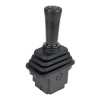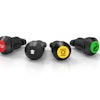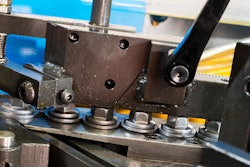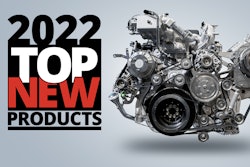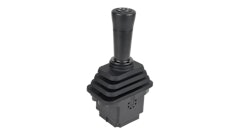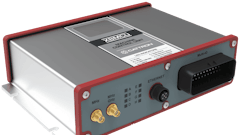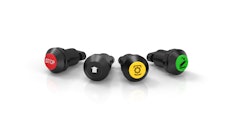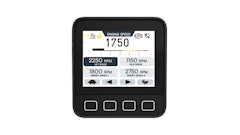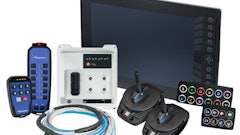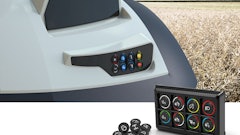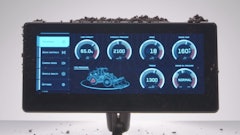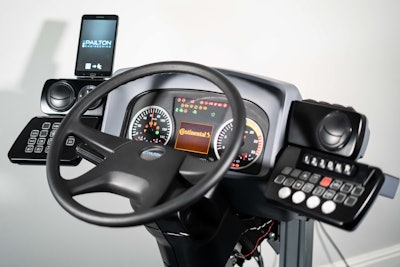
Back pain is an ailment so common that its impact tends to be trivialized. Yet professional drivers must often endure increased chronic back pain and related musculoskeletal disorders, despite the potential impact of this on their ability to continue doing their job. Perhaps more can and should be done to combat operator back pain.
Many studies demonstrating a correlation between back pain and driving, with evidence of increased prevalence of back pain in lorry drivers, bus drivers and van drivers. A 2020 survey from Journal of Occupational Health, involving meta-analysis of 56 separate studies, estimated that between 43% and 93% of drivers experience musculoskeletal pain. Lower back pain is the lead offender.
The mechanisms of pain creation are clear, even if there is ongoing dispute over which is the prime culprit. Drivers experience exposure to vibration, but they also endure prolonged periods in the same position. Sitting still for excessive periods of time is never recommended for spinal health. However, if you combine this with poor posture, the result can be chronic pain. Over stretching for the steering wheel, for example, will lead to excessive strain on muscles, joints and ligaments.
Do Drivers Need More Tips?
For drivers facing this problem, common advice includes taking regular breaks and stretching. Some drivers, faced with the demands to complete journeys as quickly as possible, may feel that those offering the advice do not know the practical challenges they face.
Adjustments to the seat and steering wheel are recommended to avoid postures that increase the risk of pain development. Here, the advice is closer to addressing the problem, but many operator cabs do not have the level of adjustability necessary. This problem is particularly relevant given the wide range of body types and the desire to increase the number of women recruited as drivers.
The fundamental problem with this advice is that it implicitly lays responsibility for solving the problem on the driver, not the vehicle owner, fleet manager or vehicle original equipment manufacturer (OEM). In other professions, would we expect the same attitude? Office workers, for example, expect their employers to make reasonable adjustments to their workstations to reduce back pain.
Ergonomic Design
Leading manufacturers like Navistar, Volvo Trucks and Daimler Truckers are beginning to invest more in technologies that help solve the problem. A key area of focus is the seat. Modern truck seats are:
- Made from advanced materials
- Offer increased adjustability
- Come with improved suspension
Cab comfort is now seen as a way to attract and retain drivers, creating a commercial incentive for fleet managers to invest in the latest cab features.
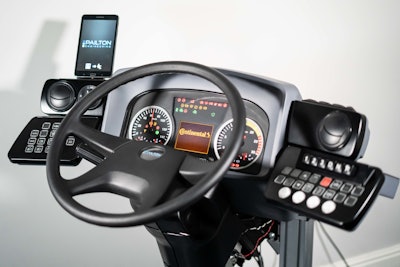 An ergonomic, fully adjustable steering column with electric memoryPailton Engineering
An ergonomic, fully adjustable steering column with electric memoryPailton Engineering
While headway is being made in the implementation of improved seating, more attention is needed on steering wheel design. Similar to the seating, effective ergonomic steering requires maximum adjustability. Both the tilt and telescopic adjustments made to the steering column need to accommodate the maximum amount of adjustability.
Some steering manufacturers, like Pailton Engineering, are producing a steering column design that makes the process of adjusting much easier. Developed in partnership with a blue-chip manufacturer, one steering design has full adjustability and electric memory. This means that the steering column can memorize the optimal ergonomic adjustments for each driver. When the driver enters the cab, they can return the settings to their preferred position, simply with the touch of a button.
Conclusion
According to the Georgetown University Health Policy Institute, nearly 65 million Americans reported a recent episode of back pain. And approximately 8% of all adults experience persistent or chronic back pain. Currently, the world struggles to recruit professional drivers. To improve this, fleet managers and OEMs have a responsibility and a commercial incentive to shift toward more ergonomic cab designs including the steering column.
Roger Brereton is head of sales for Pailton Engineering
